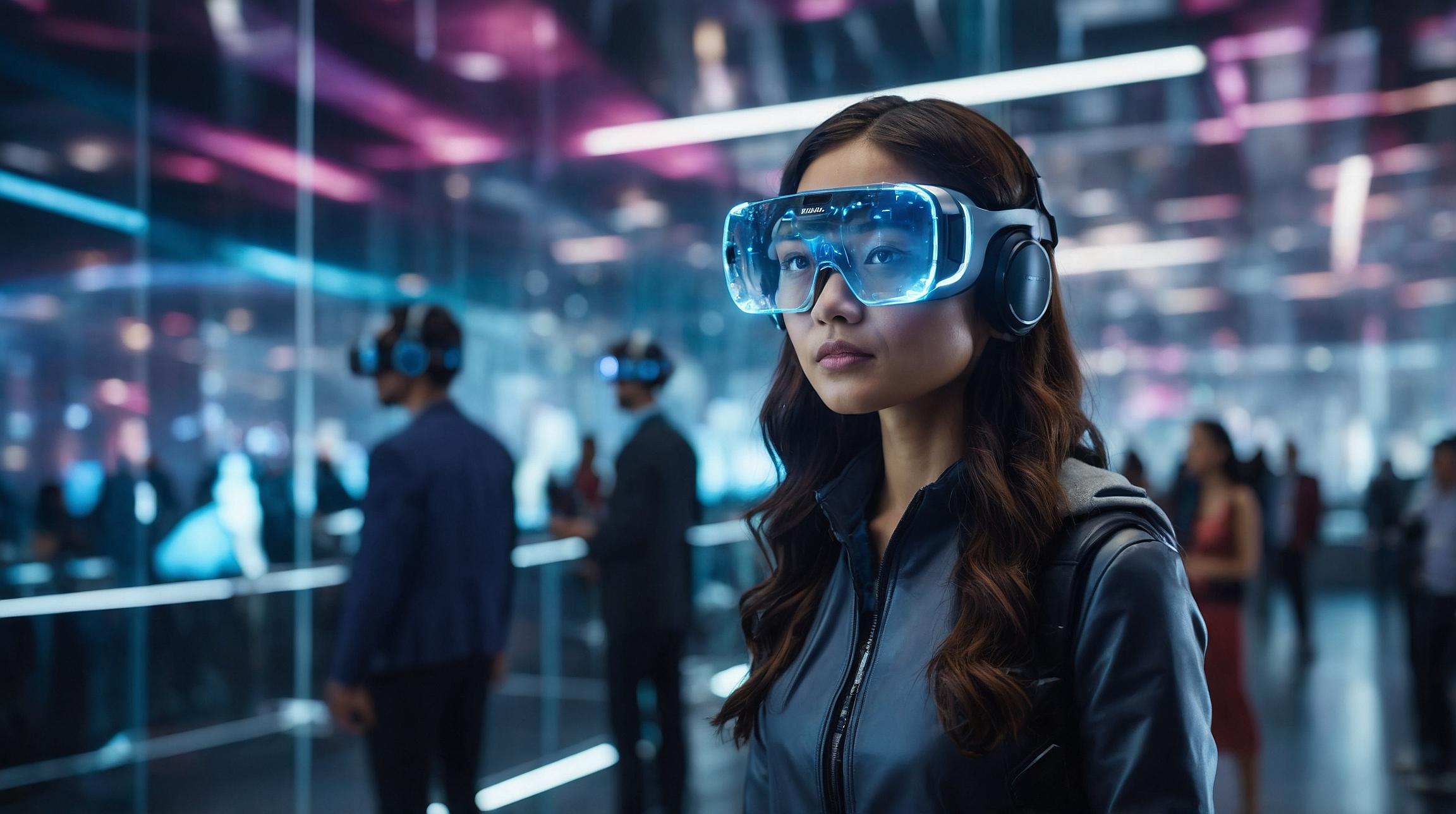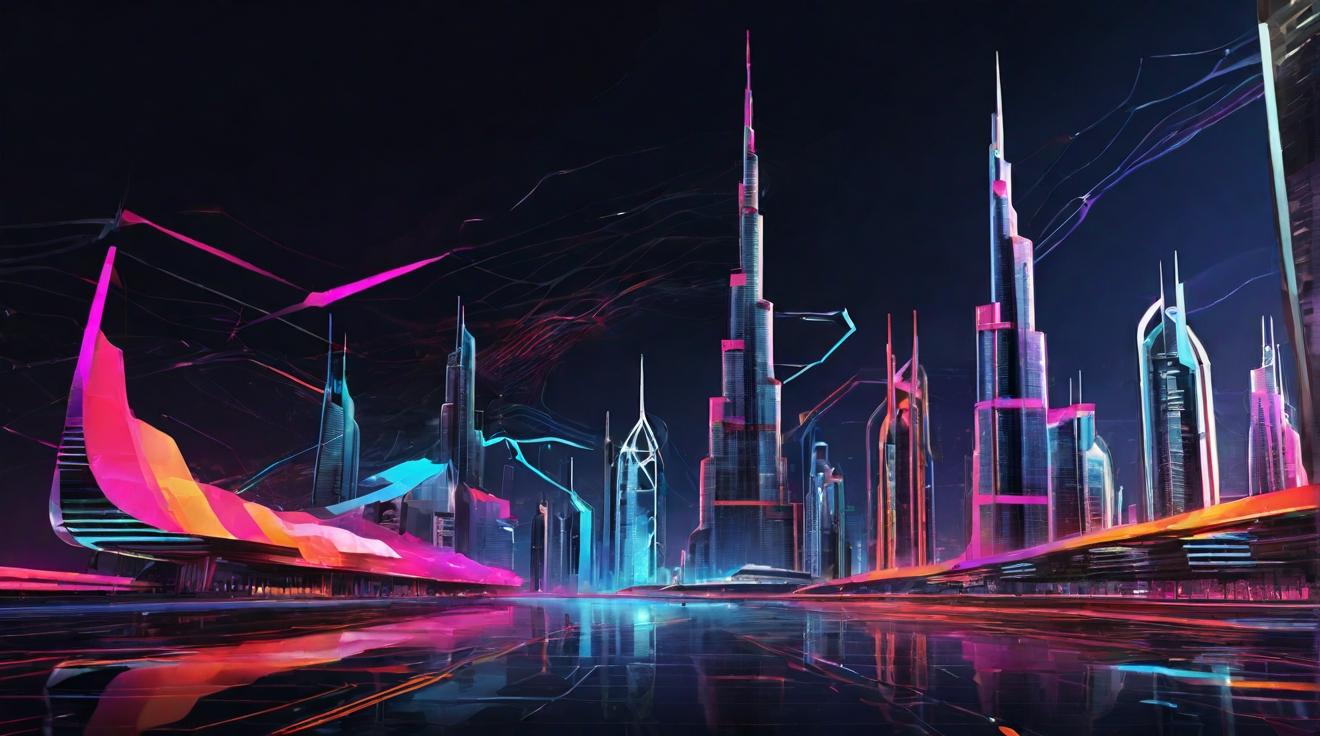AI Powers Growth in AR/VR Technologies
The rapid advancements in artificial intelligence (AI) have significantly fueled the growth of augmented reality (AR) and virtual reality (VR) industries. AI's ability to process and analyze vast amounts of data enables more sophisticated and interactive experiences in AR/VR applications. These technologies are no longer confined to entertainment but are increasingly being utilized in fields such as education, healthcare, and real estate, providing immersive and interactive experiences that were previously unimaginable.
Understanding Augmented Reality and Virtual Reality
Augmented Reality (AR) overlays digital content onto the real world, enhancing the user's perception of their environment. An example is using a smartphone camera to view furniture in your home before purchasing it. Virtual Reality (VR), on the other hand, creates a completely digital environment that users can explore and interact with, often using VR headsets, such as when playing video games or taking virtual tours of distant places.
South Korean Micro LED Component Makers and the Backplane Market
In parallel with the growth of AR/VR, South Korean micro LED component manufacturers are targeting the backplane market. The backplane is a crucial part of display technology, acting as the structural base that holds micro LEDs in place and connects them to power sources and electronics. This component is essential for creating high-quality displays that offer better brightness, contrast, and energy efficiency.
The Role of Micro LEDs in Enhancing AR/VR Experiences
Micro LEDs are garnering attention because they enable displays with higher resolution and lower power consumption compared to traditional LED technology. This is particularly important in AR/VR devices, where display quality directly impacts user experience. With micro LEDs, users can enjoy clearer, brighter visuals, enhancing their immersion in virtual environments.
Innovation and Competition in the Tech Industry
The global competition in the micro LED market is fierce, with companies from South Korea, China, and the United States constantly innovating to capture market share. South Korean companies are leveraging their long-standing expertise in semiconductor technologies to advance micro LED applications. As these companies push forward, they contribute to the broader innovation landscape, not just in AR/VR but across various display technologies.
Implications for Consumers and Industries
For consumers, advancements in micro LED technology mean better, more energy-efficient displays in AR/VR devices, smartphones, and televisions. For industries like education, healthcare, and real estate, these technologies provide new ways to engage with information and environments, potentially transforming traditional practices. For example, medical professionals can use VR to simulate surgeries, offering a risk-free training environment.
By understanding these emerging technologies and their implications, individuals and businesses can better prepare for the future of digital interaction and engagement.













